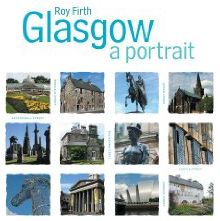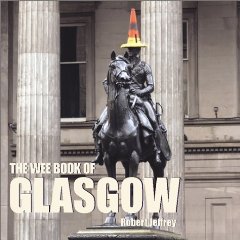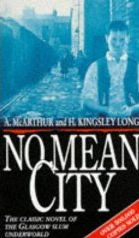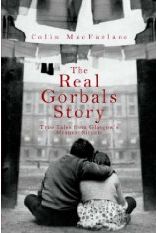  |
City of Glasgow Glasgow Architecture
|
|
Main
Medical Building
at the Southern General Hospital |
 Glasgow
South University Hospital
- renamed the Queen Elizabeth Hospital |
Traditional
red sandstone tenement
buildings in Govan |
|
Public
Library at Elder Park
in Govan |
|
Fairfields
Shipbuilding & Engineering Company Building
Fairfields was a shipbuilding company on the River Clyde at Govan. It was a major warship builder for the Royal Navy through the First and Second World Wars. It also built transatlantic liners, including record breaking ships for the Cunard Line and Canadian Pacific, such as the Blue Riband winning RMS Campania and RMS Lucania. The former Fairfields continues as part of BAE Systems Surface Ships |
Shipyard Cranes at BAE
Systems
on the River Clyde at Govan The
fixed dockside portal / berth
cranes were erected in 1974
|
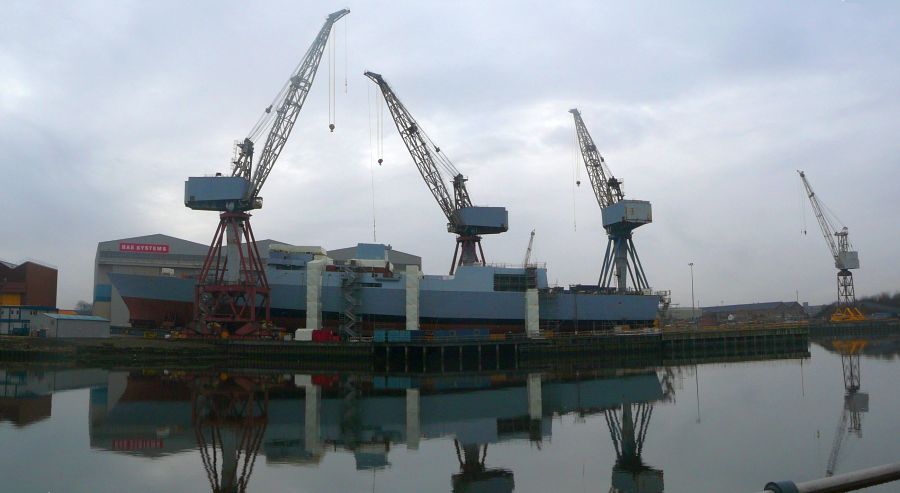 Shipyard Cranes at BAE
Systems
on the River Clyde at Govan The
fixed dockside portal / berth
cranes
were erected in 1974 |
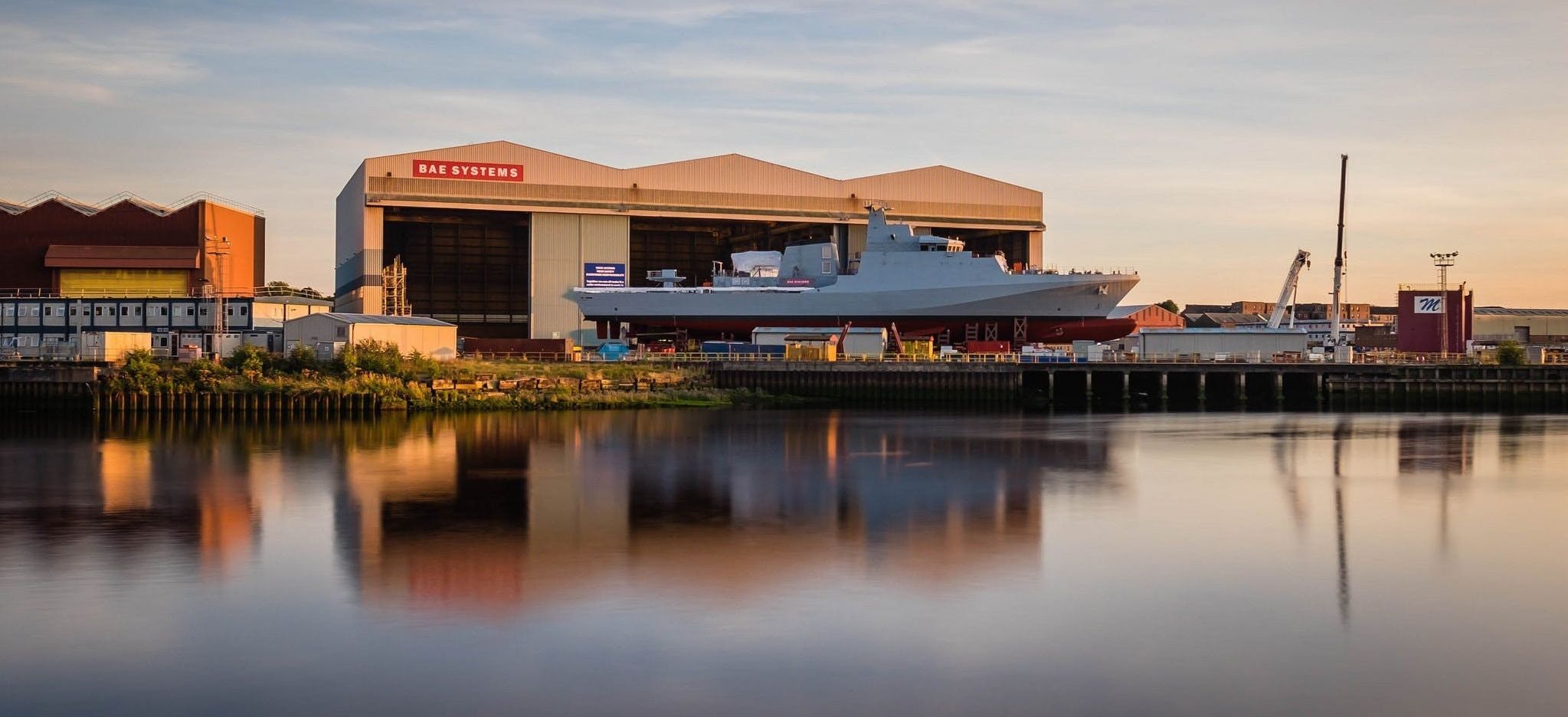 |
|
|
The Pearce
Institute Building
in Govan The Pearce Institute is a Category 'A' listed community facility, designed by Sir Rowand Anderson and completed in 1906. |
Aitken
Memorial at Govan Cross
This elaborate, domed, cast-iron, drinking fountain, produced at the Denny Works of Cruikshanks & Co, was erected in 1884 in memorial to the contribution made by Dr. Aitken to the welfare of the community. |
Bank
of Scotland Building at Govan Cross
This was built originally for the British Linen Bank in 1897-1900 from a design by Salmon, Son & Gillespie. |
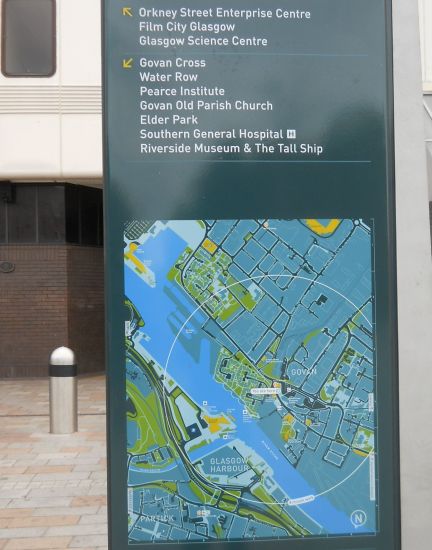 Signpost
at Govan Cross
( Note: Click here or on above for large format copy ) |
Govan
Town Hall
Opened in 1901, the Town Hall provided rooms for the Govan Provost, the Govan Town Council and the Administrative Departments for the Burgh of Govan. The "B" listed building was designed by Thomson and Sandilands and erected between 1897 and 1901, the composition of red ashlar makes it one of the best examples of an elaborate Beaux Arts building in Glasgow. The building has been refurbished as Film City Glasgow - a centre for companies in the film and media industries. |
|
Alexander
Stephen Building in Govan
Stephens was ( 1750 - 1982 ) a Scottish shipbuilding company based at Govan on the River Clyde |
|
The
southern entrance
to the Clyde Tunnel at Govan |
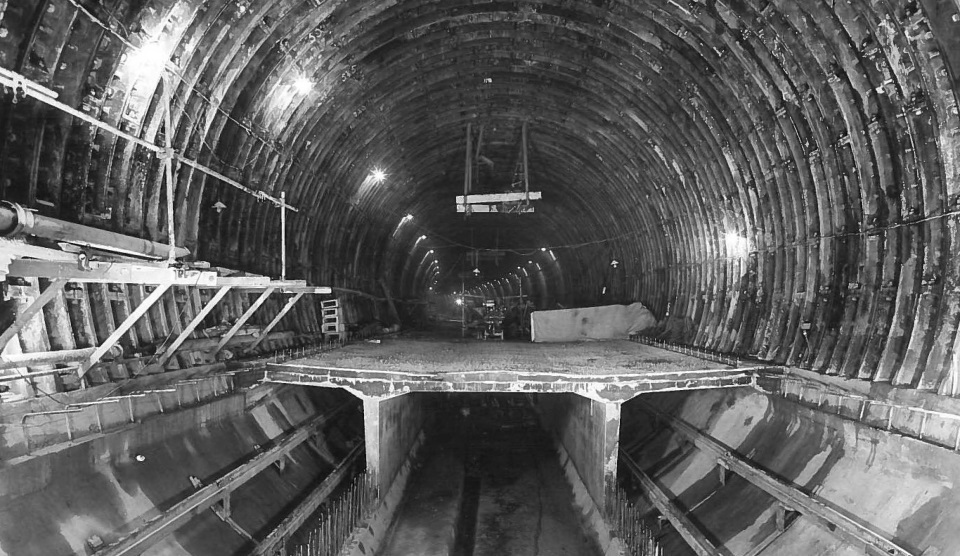 Construction
of the Clyde Tunnel
|
 Glasgow
Then: - Chain ferry across the River Clyde at Govan |
GOVAN WALK - by Iain R.Mitchell:-
 ::
Glasgow
Churches
Gallery
::
Glasgow
Churches
Gallery  :: Glasgow Buildings
Gallery
:: Glasgow Buildings
Gallery 
Glencoe | Ben Nevis | Knoydart | Isle of Skye | Isle of Arran | The West Highland Way
The Eastern Highlands | The Central Highlands | The Southern Highlands | The NW Highlands
